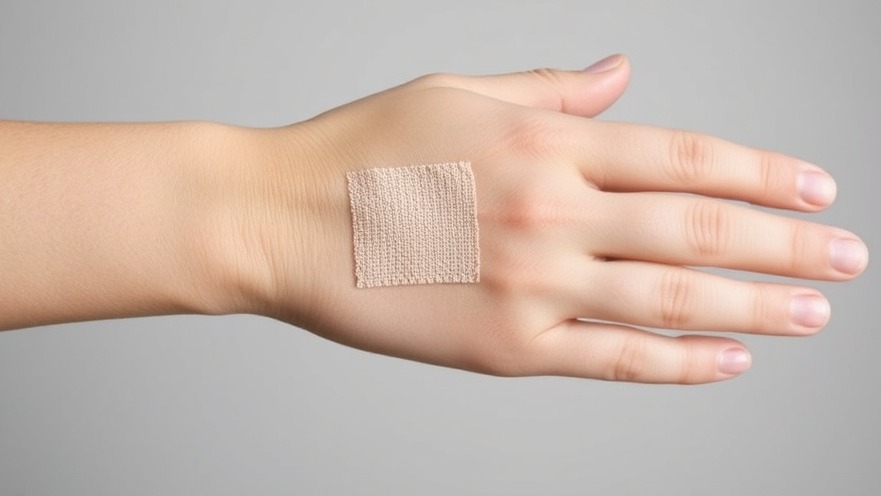
Transforming Wound Healing with AI Technology
In a groundbreaking advancement from the University of California, Santa Cruz, researchers have unveiled a wearable device known as a-Heal, designed to revolutionize wound healing. This innovative device combines artificial intelligence (AI), bioelectronics, and imaging technology to dramatically enhance the healing process of wounds, reportedly achieving recovery speeds that are 25% faster than traditional methods.
How the a-Heal Device Works
The a-Heal device operates through a sophisticated closed-loop system that continuously assesses the wound's healing stages. Utilizing a miniaturized camera integrated into the bandage, it captures images of the wound every two hours. These images are then analyzed by an AI physician—a machine learning model that diagnoses the healing progress and determines the most effective treatments. Depending on the assessment, it can deliver personalized care, such as medication or electric fields, enhancing the body’s natural healing mechanisms.
The Importance of Real-Time Monitoring in Wound Healing
Traditional wound care often relies on periodic check-ups and standard treatments that do not adapt to individual healing progress. The a-Heal device's ability to monitor wounds in real time allows for immediate adjustments in therapy. For instance, it can deliver fluoxetine, a medication that promotes healing by reducing inflammation, or apply an electric field that encourages cellular migration and closure of the wound. This responsiveness could be particularly beneficial for patients with chronic wounds, where standard therapies have often fallen short.
Potential Impact on Healthcare Accessibility
One of the standout benefits of a-Heal is its potential to democratize wound care, making it accessible to patients in remote or underserved areas. Many regions face barriers in accessing advanced healthcare services. By providing a portable, user-friendly solution, a-Heal presents an opportunity to ensure that effective wound management can reach those who need it most, regardless of their location.
Looking Forward: Future of AI in Healthcare
The introduction of a-Heal is a significant step in the integration of AI within the healthcare landscape. While its initial focus is on wound healing, this technology sets the stage for broader applications in chronic disease management and personalized medicine. As AI technology continues to develop, we may see similar devices emerging for other medical conditions, potentially transforming care practices across various specialties.
Community and Healthcare Professionals Take Note
This advancement is particularly relevant for individuals and healthcare providers in Dallas and beyond, where lifestyle influences such as access to healthcare can vary greatly. The local healthcare community should consider the implications of the a-Heal technology on chronic care strategies. As individuals weigh the advantages of living in Dallas versus other cities, innovations like a-Heal may become pivotal in shaping health outcomes and enhancing the quality of healthcare services available.
Final Thoughts: A Call to Action
The development of the a-Heal device heralds a new era in wound care, underscoring the potential of AI technology to enhance the way we think about medicine and treatment. Healthcare professionals and patients alike should stay informed about this innovation and advocate for its use in wider applications. As the healthcare landscape evolves, embracing such technological advancements will be crucial in improving health outcomes and ensuring that effective treatment options are available to all.
 Add Element
Add Element  Add Row
Add Row 



Write A Comment